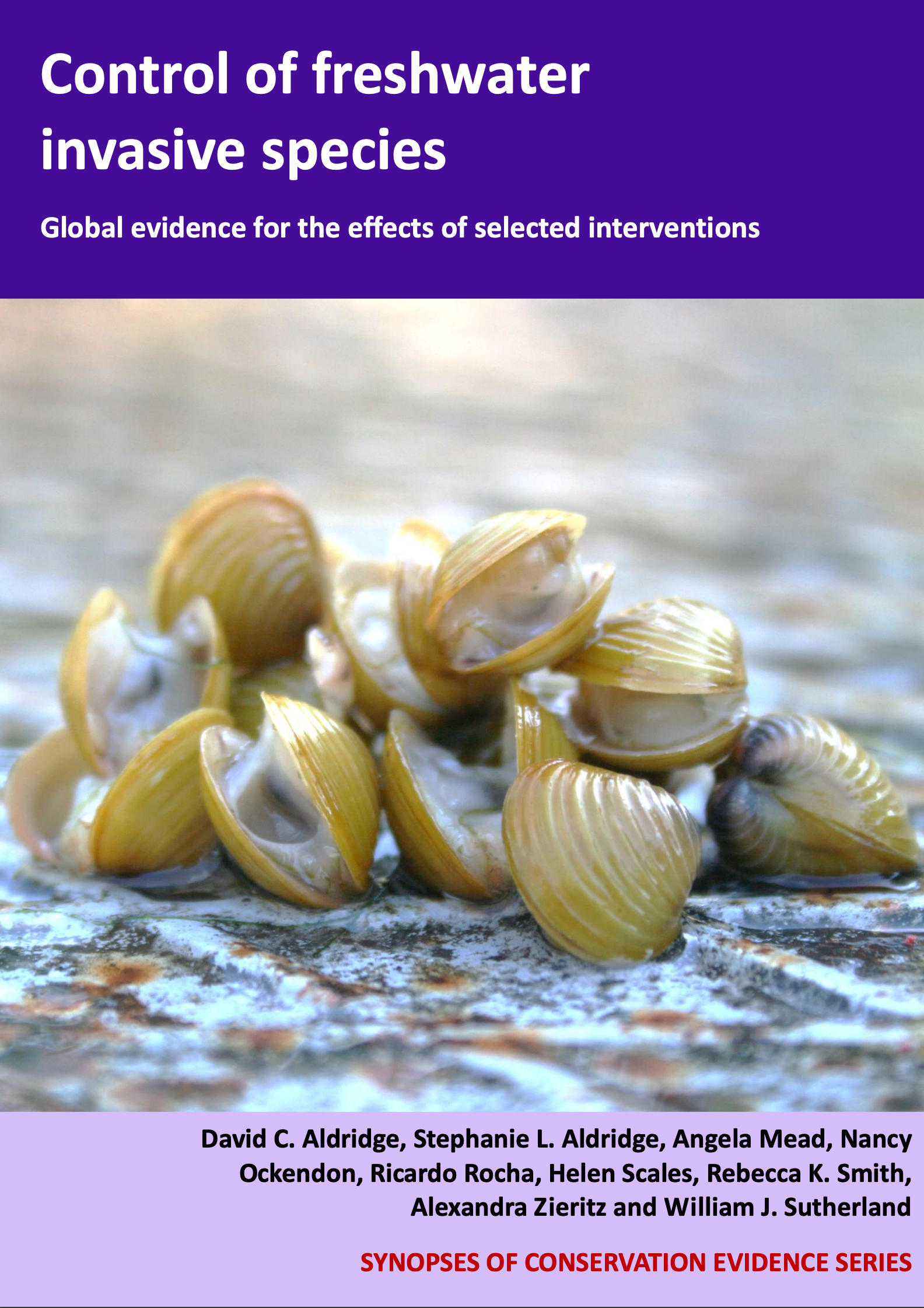Ponto-Caspian gammarids: Exposure to parasites
-
Overall effectiveness category Likely to be beneficial
-
Number of studies: 1
View assessment score
Hide assessment score
How is the evidence assessed?
-
Effectiveness
50% -
Certainty
50% -
Harms
not assessed
Study locations
Supporting evidence from individual studies
A replicated, controlled laboratory study in 2011 in Canada (Kestrup et al. 2011) found that a parasitic water mould (oomycete) of unknown origin infected and killed invasive gammarids Echinogammarus ischnus. Invasive shrimps exposed to water carrying the mould had a 52% mortality rate after seven days, compared with 16% mortality in native shrimps. Laboratory tests used 20 replicate aquaria each containing 10 invasive and 10 native (Gammarus faciatus) shrimps. Two litres of river water was placed in each aquarium from the St. Lawrence River, which was the location of the mould’s original discovery. Aquaria were checked twice daily for seven days and dead individuals were removed.
Study and other actions tested
Where has this evidence come from?
List of journals searched by synopsis
All the journals searched for all synopses
This Action forms part of the Action Synopsis:
Control of Freshwater Invasive Species
Control of Freshwater Invasive Species - Published 2017
Control of Freshwater Invasive Species Synopsis





)_2023.JPG)














